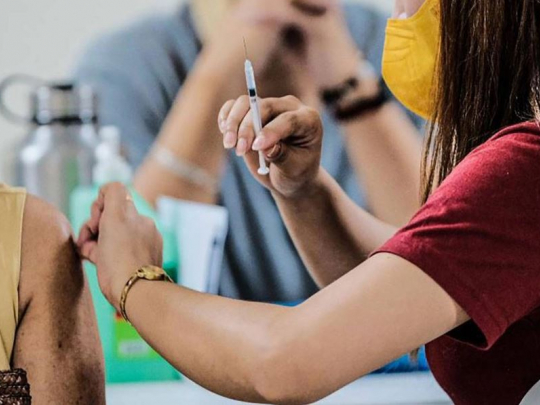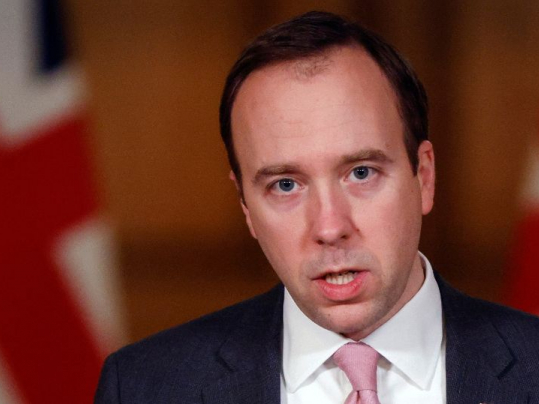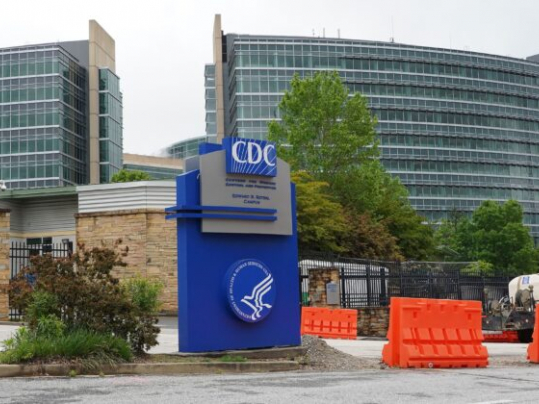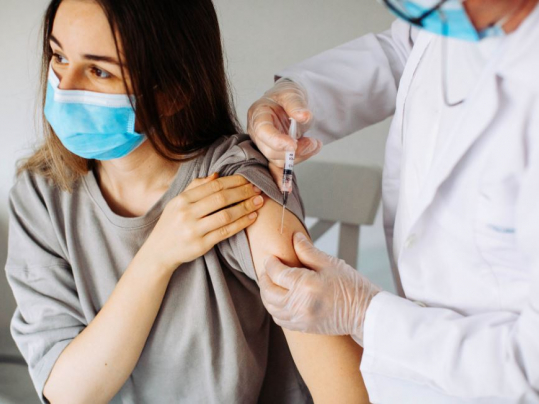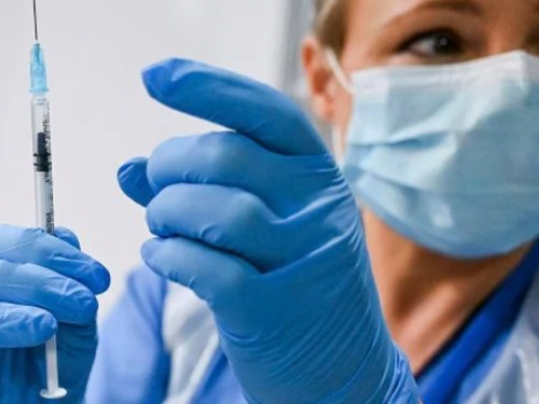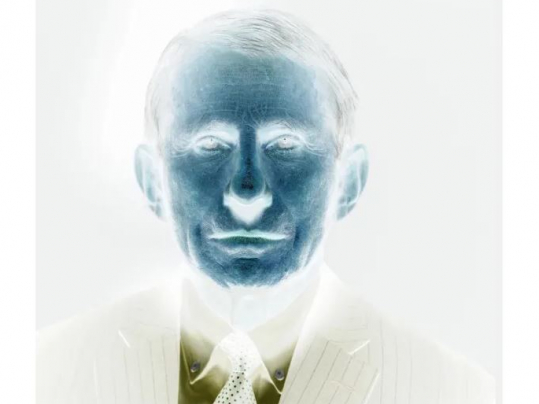Stanford Study Proves Covid-19 Was Overhyped. “Death Rate Is Likely Under 0.2%” Part 2
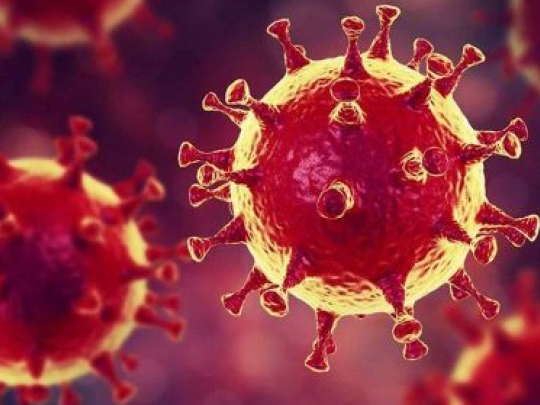
Instead of acknowledging the work of Stanford University as an important advancement in our understanding of Covid-19 and a check against public hysteria – MIT Tech Review peppered their article with oblique smears against the team who carried out the study.
The headline includes the subtitle (emphasis added), “A study from a noted pandemic skeptic suggests the virus is more widespread but less deadly than people think.”
We know that the suffix “-skeptic” is added to undermine the credibility of people who call into question widely promoted narratives. The article also uses the term “data skeptic” to describe John Ioannidis who helped carry out the study.
MIT Tech Review continued by adding:
Ioannidis, a Stanford medical statistician and a coauthor of the new report, made waves in March by suggesting the virus could be less deadly than people think, and that destroying the economy in the effort to fight it could be a “fiasco.”
Ioannidis’ statement regarding Covid-19 – even without the results of this study – is already self-evident even if looking only at available and limited statistics regarding Covid-19 infections versus deaths and the demographics hit hardest.
But Stanford’s findings not only bolster Ioannidis’ statement – the findings were predictable.
An RT article titled, “How likely are you (yes, you) to die from the Covid-19 virus?,” published over a month ago predicted (emphasis added):
When the worst of the crisis is over, the real overall death rate will potentially be significantly lower than the reported one — since many people will contract the virus but remain asymptomatic or display only mild symptoms and will never get tested at all.
Indeed, Jeremy Samuel Faust, a physician at Brigham and Women’s Hospital wrote in Slate that the frightening death rates are “unlikely to hold” as time goes on and that the true fatality rate is “likely to be far lower than current reports suggest.”
Stanford’s study confirms this. And it makes sense. Infection and death rates can only be determined by actually testing people – and the narrative the world has been presented is that not enough testing can be done because of a lack of testing kits, and those being tested are people who are already ill and showing symptoms.
Obviously if many more people have little to no symptoms and aren’t being tested – they also aren’t making it into Covid-19 infection statistics and thus “death rates” are artificially high because of this. If many more people are getting the virus and not dying, the death rate obviously goes down – in this case – drastically so.
The Guardian in an article titled, “Antibody study suggests coronavirus is far more widespread than previously thought,” would report:
The study from Stanford University, which was released Friday and has yet to be peer reviewed, tested samples from 3,330 people in Santa Clara county and found the virus was 50 to 85 times more common than official figures indicated.
The article would also reluctantly note that (emphasis added):
That also means coronavirus is potentially much less deadly to the overall population than initially thought. As of Tuesday, the US’s coronavirus death rate was 4.1% and Stanford researchers said their findings show a death rate of just 0.12% to 0.2%.
- Source : Tony Cartalucci




